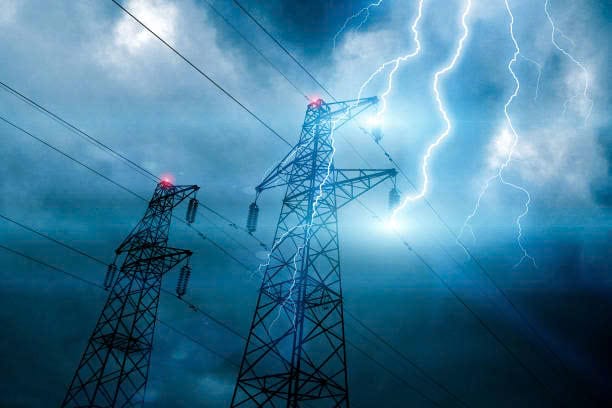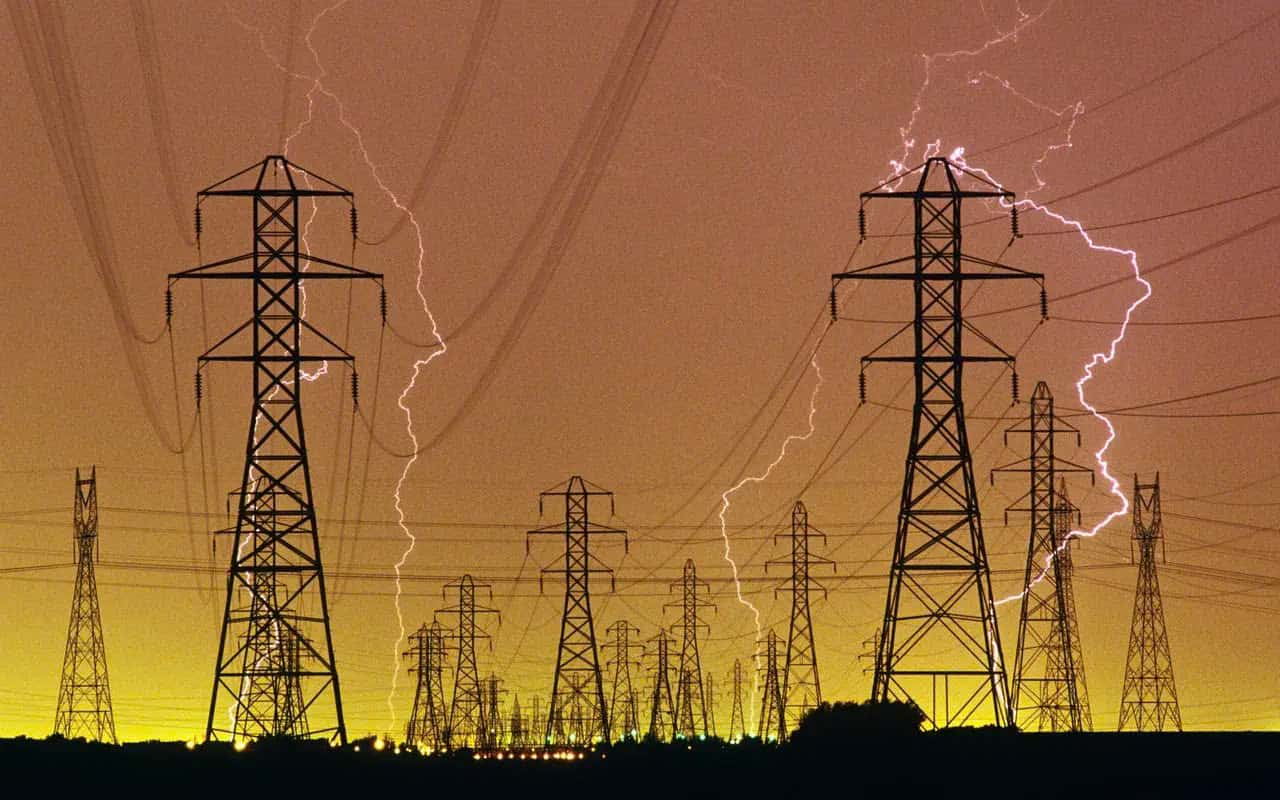
Lightning Strikes on Power Transmission Lines: Risks and Advanced Protection Solutions
Power transmission lines, especially high-voltage and medium-voltage lines, constantly face the risk of lightning strikes, which are one of the leading causes of damage and power supply interruptions. The recent fire at the Cai Lậy substation is a clear example of the severe impact of lightning strikes on the national power grid. This article will provide an overview of the characteristics of transmission lines in relation to lightning, and discuss traditional lightning protection solutions, before introducing an advanced solution—charge dissipation technology, which promises to offer optimal protection for transmission systems.
Part I: Risk of Lightning Strikes On Medium and Hight Voltage Transmission Lines
1. Introduction
Medium-voltage and high-voltage transmission lines play a crucial role in ensuring a stable and continuous power supply. However, these systems are often at risk of lightning strikes, especially in areas with complex terrain and harsh weather conditions. Effective lightning protection for both high-voltage and medium-voltage lines is essential to prevent losses and ensure the safety and stability of the national power grid.
For example, on August 31, 2024, the Cai Lậy substation in Vietnam was struck directly by lightning, causing a major fire and widespread power outages. Similarly, on November 6, 2023, a 22kV transmission line in Đăk Nông Province was struck by lightning, resulting in broken insulators and damaged lines. These incidents highlight the urgent need for effective lightning protection solutions for power transmission lines.
2. Characteristics and classification of transmission lines
Power transmission lines can be classified by voltage levels as follows:
- Medium-voltage lines (1kV - 35kV): These lines typically serve residential areas and light industries, requiring lightning protection to ensure safety.
- High-voltage lines (35kV - 220kV): With heights ranging from 18 to 30 meters, these lines need protection from direct lightning strikes to prevent damage to conductors and auxiliary equipment.
- Ultra-high-voltage lines (>220kV): These lines can have towers as tall as 50 meters and require optimal lightning protection to avoid serious damage.
3. Risks of lightning strikes and their effects
Lightning strikes occur when there is a significant difference in electric charge between clouds or between clouds and the ground. The elevated structures of transmission lines, including substations, poles, and wires, are often in open areas, making them prime targets for lightning strikes. These structures are vulnerable due to their height and lack of natural shielding.
- Lightning striking the shield wire: Shield wires are designed to capture lightning and guide it to the ground. However, if the grounding system is insufficient, the high current from the strike can cause a surge on the conductors, leading to damage and possibly breaking the shield wire.
- Lightning striking the phase conductor: A direct strike to the phase conductor can result in a sudden voltage surge, exceeding the insulation capacity and causing flashover, which can lead to fires or system failure.
- Lightning striking a power pole: A strike to a power pole can cause a sudden increase in voltage, breaking the insulation and resulting in flashover or short circuits, leading to disruptions in the transmission system.

The effects of lightning strikes on transmission lines include severe damage to lines and substation equipment, interruptions to power supply, and even fires. These incidents not only result in economic losses but also pose safety risks to the public.
4. Common lightning protection solutions for transmission systems
- Lightning rods (Franklin or ESE): These effectively channel lightning but have limited coverage and cannot prevent direct strikes.
- Surge arresters: These protect equipment from overvoltages but do not prevent direct lightning strikes on the system.
- Shield wires: Positioned above the phase conductors to direct lightning to the ground, but they cannot prevent all lightning currents from entering other parts of the system.
In the next section, we will explore charge dissipation technology, an advanced solution that offers high efficiency in preventing direct lightning strikes and protecting transmission systems.








